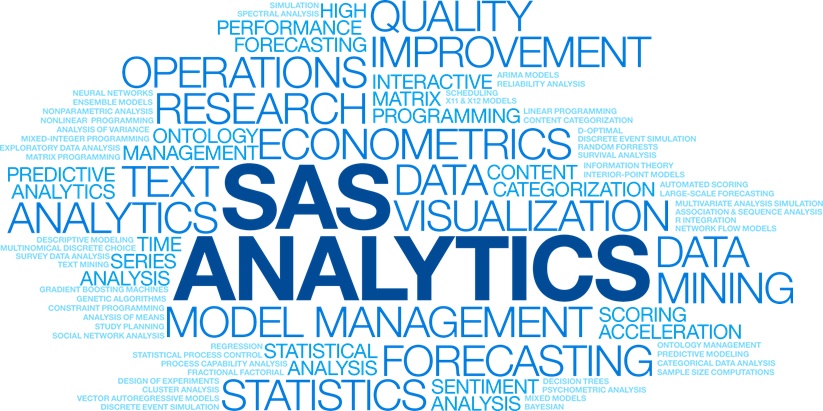
When I visit with customers or potential clients, they often ask, "Where do I start in order to get a handle on my supply chain?" There is no clear and concise answer, but I usually say "Follow the inventory!" Inventory is a result of decisions made. It is not the

























